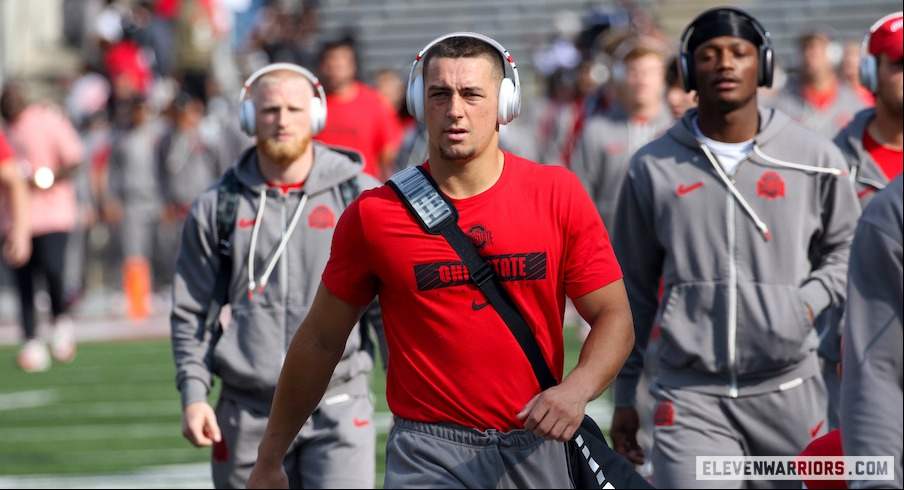Text size
Vienna will splash the cash on lighting up its famed Christmas markets to bring festive cheer to struggling retailers.
Chandeliers, glittering stars and sparkling red globes are among the designs illuminating 31 Viennese streets since Friday, with the capital boosting spending on its end-of-year light displays as Austria’s economy flounders.
“It’s just beautiful. It makes the city a bit more beautiful as a whole,” Kateryna Baranovska, a 23-year-old student, told AFP.
With local businesses increasingly unable to fork out the sums needed to keep the Christmas lights on, Vienna and its economic chamber will cover 75 percent instead of 50 percent of this year’s costs, or some 700,000 euros ($740,000) for the lighting alone.
The small Alpine nation’s economic outlook has been gloomy since mid-2022, particularly as it is exposed to the difficulties of neighbouring Germany, its main trading partner.
“We want to have a beautifully lit city and it is becoming increasingly difficult for entrepreneurs to cover these costs,” Dieter Steup, a representative of the Vienna economic chamber, told AFP.
“It is very important because the pre-Christmas period is a really important time for retailers,” he said, adding people enjoyed shopping more under the Christmas lights.
Stored in a large warehouse on Vienna’s outskirts, workers began putting up the massive Christmas light motifs weeks before the on switch was flicked.
In an effort to lessen the impact on the climate, Vienna introduced LED lights in recent years, while the electricity needed to keep the displays twinkling from November until January comes from renewable sources.
That energy is roughly equivalent to what one 14-apartment building uses in a year.
“The costs are actually relatively low for what you get in return, namely a good ambiance and a great atmosphere for shopping,” Steup added.
Activist group Greenpeace also said consumer behaviour, including buying unneeded gifts, was a greater contributor to the Christmas season’s carbon footprint, with lights “hardly significant”.
In a 2022 survey, 64 percent of Austrians said the festive light displays created “a pleasant, Christmassy atmosphere” for them.
In 2022, when energy costs shot up because of Russia’s invasion of Ukraine, the Christmas lights were turned off two hours earlier to save electricity.
But since 2023, the displays have again sparkled bright until midnight.
str-jza/sbk










